Search
Remove Ads
Advertisement
Summary 
Loading AI-generated summary based on World History Encyclopedia articles ...
Search Results
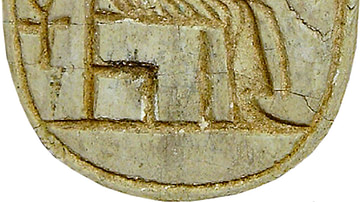
Image
Scarab
Scarab shaped amulet containing the image and cartouche of Amenhotep III, promising its owner in this world 'life' (represented by an ankh). These beetle amulets were used in Ancient Egypt for rituals or administrative purposes (14th century...
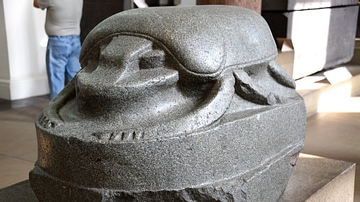
Image
Colossal Scarab
This is one of the largest representations of scarab beetles to survive. It also ranks among the last great statues of any pharaonic deity. The scarab represented Khepri, the form assumed by the sun-god at dawn. The Egyptians noticed that...
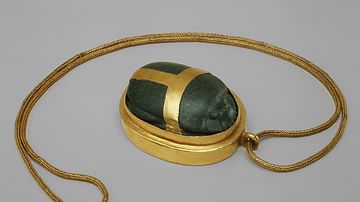
Image
Heart Scarab of Hatnefer
A serpentinite and gold heart scarab pendant. Sheikh Abd el-Qurna, Tomb of Hatnefer and Ramose, Mummy of Hatnefer. Thebes. Egypt, 18th Dynasty, c. 1492-1473 BCE. The text inscribed on the back of the scarab calls for Hatnefer's heart not...
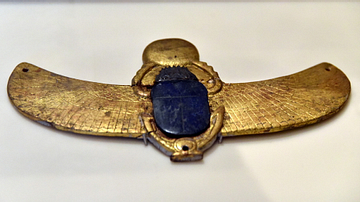
Image
Gold Winged Scarab
This winged scarab was put on a mummy cover. Gold and faience. From Thebes, Egypt. Late Period, 746-332 BCE. It is on display at the Neues Museum, Berlin, Germany.
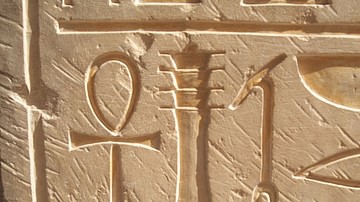
Article
Ancient Egyptian Symbols
Religion in ancient Egypt was fully integrated into the people's daily lives. The gods were present at one's birth, throughout one's life, in the transition from earthly life to the eternal, and continued their care for the soul in the afterlife...
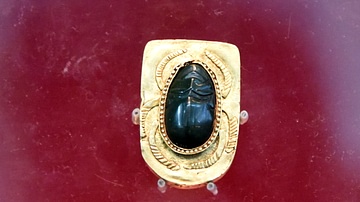
Image
Heart-Scarab of King Sobekemsaf II
This amulet, in the form of a scarab beetle with a human face, was intended to ensure that the deceased passed safely through the judgment which would establish whether or not he was deserving eternal life. It is inscribed with an early version...
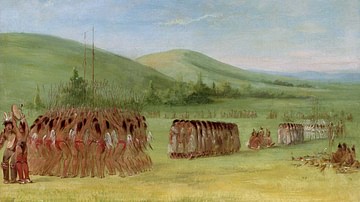
Article
Ûñtsaiyĭ', the Gambler
Ûñtsaiyĭ', the Gambler is a legend of the Cherokee nation, known as a Wonder Story, which features supernatural characters, sometimes interacting with mortals, sometimes with each other. In Ûñtsaiyĭ', the Gambler, all the characters are supernatural...
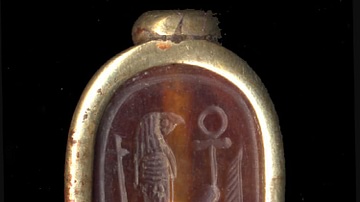
Image
Phoenician Scarab Seal
A Phoenician carved scarab seal (sard and gold) depicting the hawk of Horus holding an ankh and a feather of Maat. 750-500 BCE. (British Museum, London)
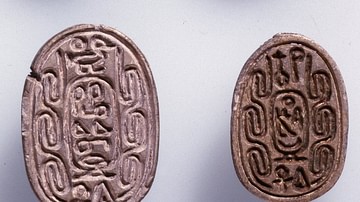
Image
Hyksos Scarab
Glazed steatite scarab, clypeus marked, feathered legs, longitudinally pierced, base inscribed with name of Khyan and epithets flanked by scrolls.
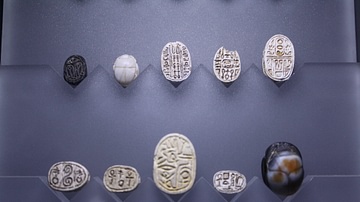
Image
Egyptian Scarab Amulets
Egyptian scarab amulets from the Middle Kingdom and Second Intermediate Period, 2040-1550 BCE. (Capitoline Museums, Rome).